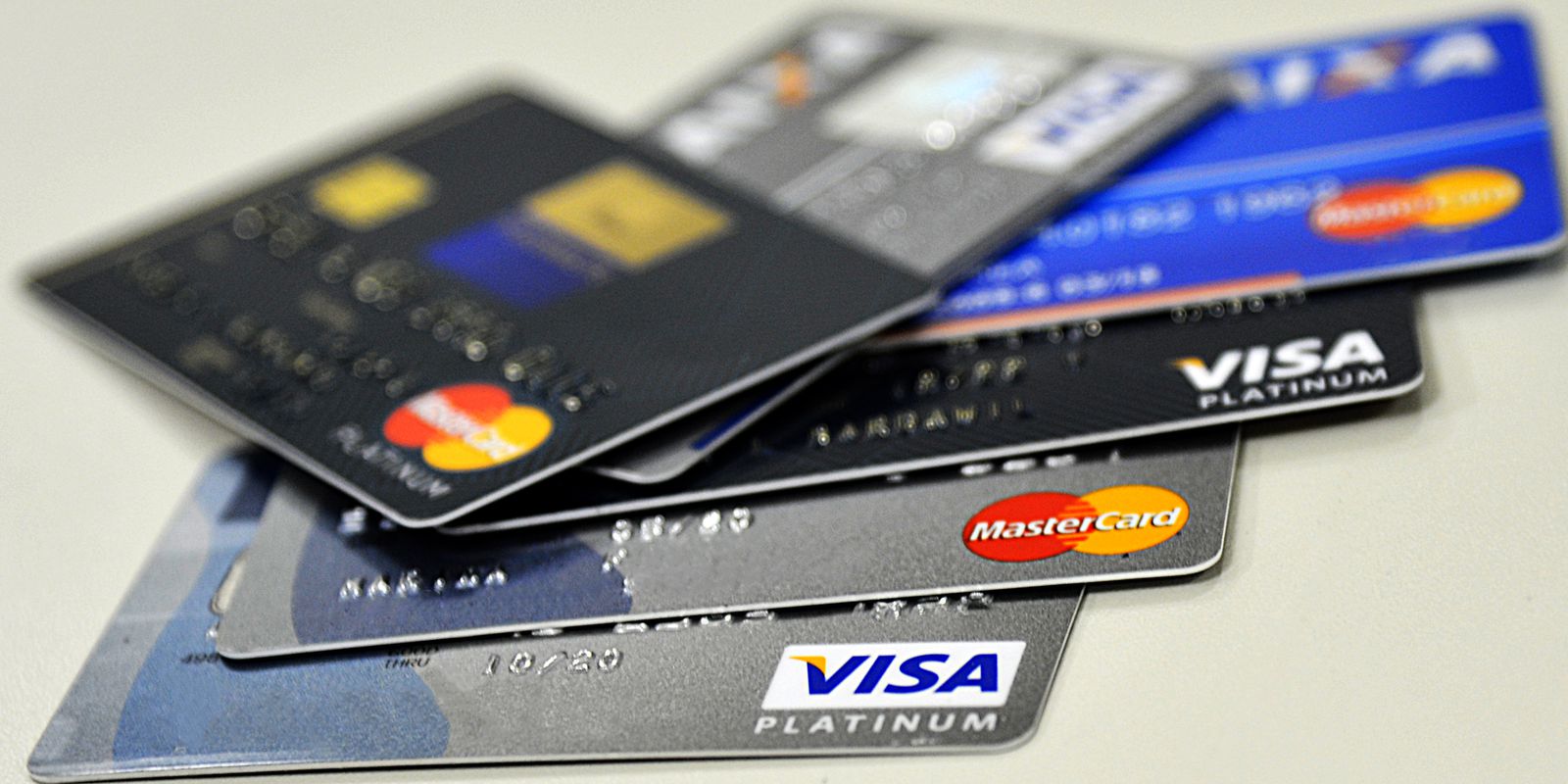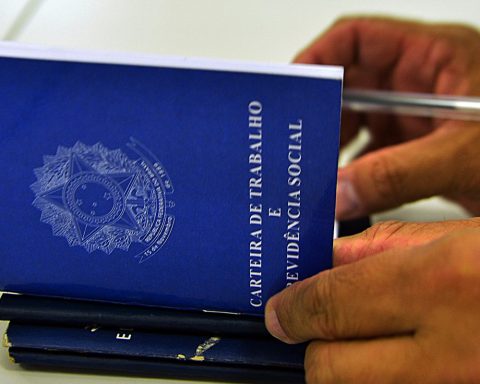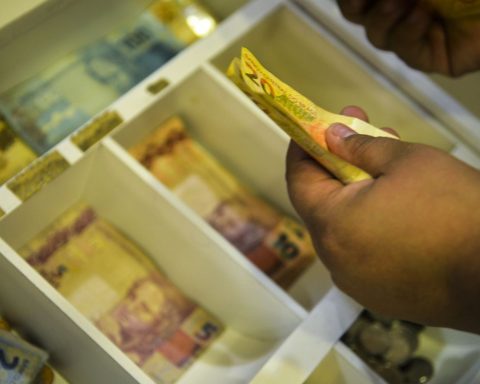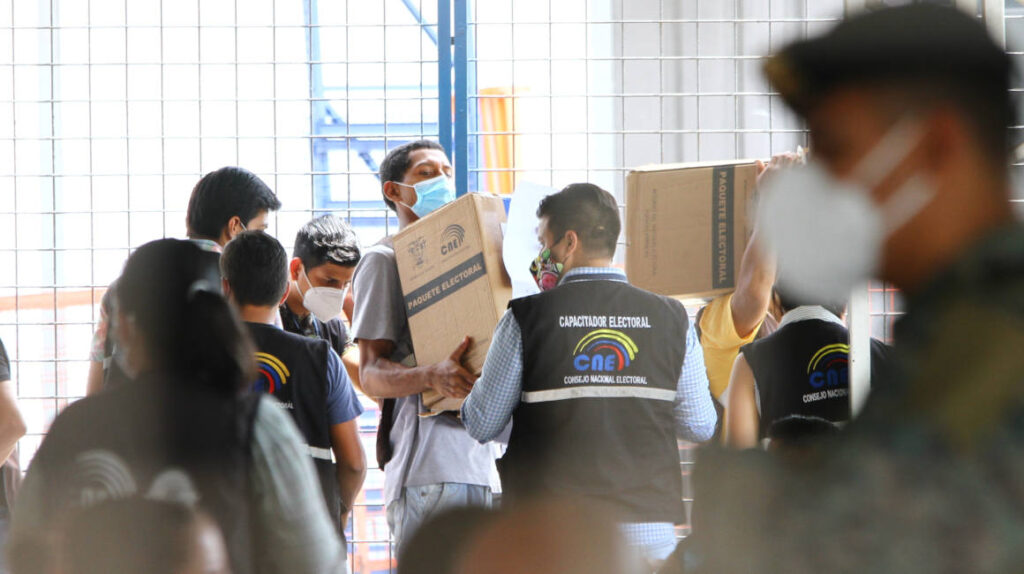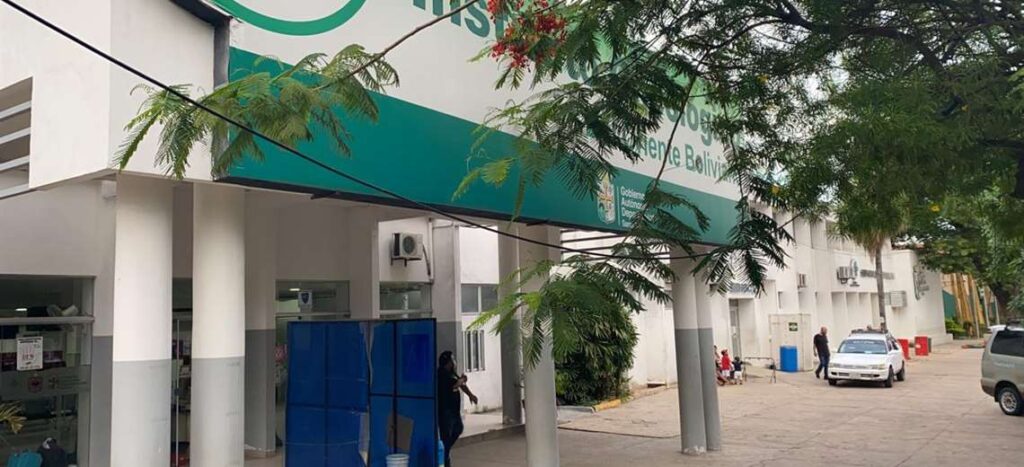The percentage of families with overdue debts and/or bills presented, in February, the highest level since March 2010, according to the National Consumer Indebtedness and Default Survey (Peic), released today (3), in Rio de Janeiro, by the National Confederation of Trade in Goods, Services and Tourism (CNC).
“Reaching 27% of households, the default indicator showed, in February, an increase of 0.6 percentage point (pp) compared to January and 2.5 pp compared to February 2021. The portion that declared not having able to pay its bills or debts in arrears and, therefore, will remain in default, it also increased the monthly ticket, with an increase of 0.4 pp, the proportion reached 10.5%, the same percentage as in February last year”, he said. to CNC.
According to the survey, the percentage of families who reported having debts due (post-dated checks, credit cards, overdrafts, store books, payroll loans, personal loans, car and house payments) reached 76.6% in February, returning to the level recorded in December 2021. A year ago, the proportion of indebted people was 66.7%, 9.9 pp below the current number.
On the scenario, the president of CNC, José Roberto Tadros, said that the escalation of interest, which makes credit more expensive, makes it difficult to renegotiate debts. “The outlook shows that, at the margin, the higher cost of credit and the very indebtedness between people living in the same household make it difficult to contract new debts and pay commitments on the due date,” he said, in a note. .
For CNC, data from the Central Bank show that average interest rates on credit lines with free resources to individuals increased from 39.4% in January 2021 to 46.3% in January 2022. On the other hand, the credit granting with free resources to individuals grew 13.1% in real terms in the interannual comparison, but fell by 2.7% in January compared to December, in the daily average.
more debts
Indebtedness and default grew between the two income groups surveyed. In families earning up to ten times the minimum wage, the percentage of indebtedness increased by 0.4 pp, reaching 77.8%. In the portion with income above ten times the minimum wage, the proportion of indebted persons reached the highest historical level, 72.2%, with an annual increase of 10.1 points.
Among the default indicators, the percentage of families with accounts or debts in arrears in the range of up to ten minimum wages reached the highest level in the historical series for the months of February, 30.3%. A year earlier, this proportion was 27.4%. In the tranche with the biggest gains, the number also increased, reaching 12.6%, the highest percentage since April 2018.
Credit card indebtedness showed the first reduction among debtors since February 2021, but remains the main type of debt in the country. Representing 86.5% of the total indebted families, the indicator is 6.5 pp above the percentage of February 2021 and still 7.9 pp higher than in February 2020, before the Covid-19 pandemic crisis.
For the CNC economist responsible for the research, Izis Ferreira, the increase in credit in Brazil and the fragility pointed out in the job market should continue to affect the dynamics of indebtedness and consumer default, especially in a year of greater uncertainty due to the electoral process.
“We consider the alternatives that support the payment of the financial commitments assumed and the renegotiation of debts or unpaid bills to be necessary and relevant,” said the economist.
